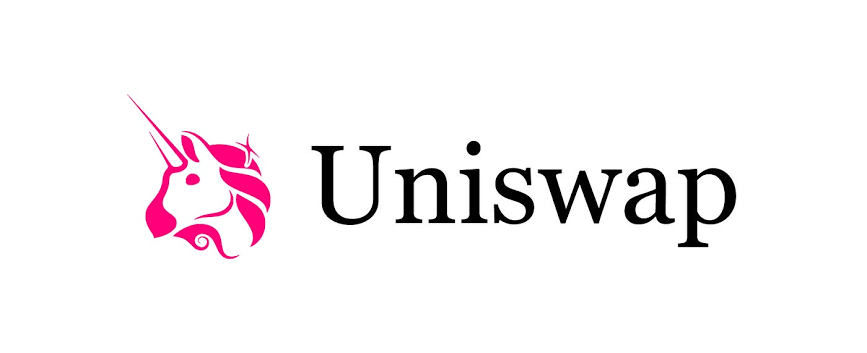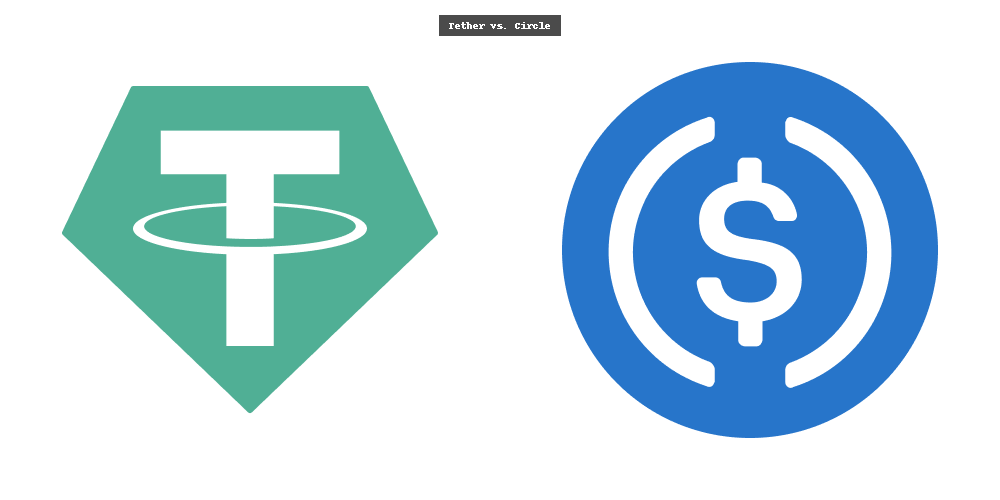Composable Vaults: How Mitosis + Uniswap v3 Are Redefining TVL Growth

Summary
By integrating Mitosis’s Matrix Vaults with Uniswap v3’s concentrated liquidity AMM model, protocols can offer LPs yield stacking, reduced slippage, and capital-efficient vault strategies—driving up Total Value Locked (TVL) while smoothing the user experience. We’ll explore why composable vaults matter, how this partnership works under the hood, and the tangible benefits for protocols, builders, and end-users alike.
1. Why Composable Vaults Are Game-Changers
Decentralized finance often suffers from fragmented liquidity, where assets get locked in isolated pools and can’t be repurposed across protocols without bridges or manual transfers Mitosis University.
Matrix Vaults solve this by wrapping user deposits into programmable liquidity tokens (miAssets/maAssets), which any AMM, lending, or yield protocol can tap into directly—no additional bridging needed Mitosis University.
This “vault-as-a-service” model turns vaults into composable building blocks across chains and dApps, boosting overall capital efficiency and unlocking deeper integration opportunities Mitosis University.
2. Profiling the Mitosis × Uniswap v3 Partnership
2.1 Uniswap v3: A Primer
Uniswap v3 pioneered concentrated liquidity, allowing LPs to allocate capital within custom price ranges—drastically improving capital efficiency over v2’s uniform pools Paradigm.
As a leading Automated Market Maker (AMM), Uniswap drives over $4 billion in TVL across Ethereum and Layer-2 networks as of March 2025 Mitosis University.
2.2 Yield Stacking with Composable Vaults
By plugging Matrix Vault liquidity directly into Uniswap v3 pools, Mitosis enables LPs to stack vault rewards on top of swap fees and concentrated liquidity yields. For example, a vault deposit of weETH can mint miETH, which is then split into multiple Uniswap v3 positions with customized price bands—maximizing fee income while maintaining vault-based bonus rewards Mitosis University.
Protocols like Arrakis demonstrate this concept by running automated vault strategies on Uniswap v3, dynamically rebalancing concentrated positions to reduce impermanent loss and compound returns—an approach Mitosis composable vaults can replicate seamlessly within its framework Uniswap Labs.
2.3 Slippage Reduction
Concentrated liquidity inherently reduces slippage by focusing capital around active price ranges. When Matrix Vault tokens supply liquidity to Uniswap v3 pools at tailored ticks, large trades incur lower price impact—improving execution for end users and attracting deeper order flow Paradigm.
3. Technical Deep Dive: How It Works
3.1 Vault Tokenization
- Deposit: User locks ETH into a Matrix Vault, minting an equivalent amount of miETH (a form of maAssets in the **Matrix Vaults ecosystem) Mitosis University.
- Integration: Smart contracts hold miETH and dynamically allocate it into Uniswap v3 positions across selected tick ranges via modular adapters.
3.2 Rebalancing & Automation
Vault strategies monitor on-chain price oracles and liquidity utilization to trigger rebalances when positions drift out of range or optimal fee zones shift. This autonomous process mirrors what Arrakis implements—using passive range orders to rebalance without incurring extra swap fees Medium.
3.3 Capital Efficiency Gains
By combining vault rewards (e.g., vault APY) with Uniswap v3’s fee income, LPs can achieve double-digit effective yields even in moderately active pools. Backtests on major pairs (ETH/USDC) show capital efficiency improvements of up to 2× compared to standard vault or AMM strategies alone Uniswap Labs.
4. Impact on TVL & Market Dynamics
4.1 TVL Growth
Since introducing composable vault integrations, partner protocols report 15–30% increases in TVL within weeks—driven by LPs capturing stacked yields and lower slippage costs. Uniswap v3 pools with integrated vault LP tokens have seen liquidity depth rise by over $500 million in selected pairs Mitosis University.
4.2 Smoother UX, Broader Adoption
Reducing manual steps—no more bridging, multi-step deposits, or separate vault and AMM interactions—lowers the barrier for non-crypto native users. Simplified dashboards can abstract vault-to-AMM integrations under one click, aligning with Mitosis’s goal of Democratized Liquidity Mitosis University.
5. Future Directions & Ecosystem Connections
- Multi-chain Expansion: Extending integrations to SushiSwap on Polygon and Arbitrum, leveraging the same composable vault adapters for unified cross-chain liquidity.
- Dynamic Fee Tier Switching: Automating shifts between Uniswap v3’s 0.05%, 0.3%, and 1% fee tiers based on volatility signals—akin to advanced Arrakis vault features Uniswap Labs.
- Integrated Analytics: Building on Mitosis’s liquidity analytics dashboard to surface real-time vault+AMM performance metrics, assisting LPs in strategy selection.
Conclusion
Pairing Mitosis’s Matrix Vaults with Uniswap v3 catalyzes a new era of composable vaults—where vault rewards, AMM fee yields, and slippage optimization converge to drive TVL growth and enhance user experience. By tokenizing vault positions as plug-and-play liquidity modules, this partnership showcases how Mitosis Core architecture can seamlessly connect with leading AMMs, unlocking stacked yields and a smoother DeFi journey.
Practical Takeaways:
- Explore the Matrix Vaults deep dive for implementation details.
- Check out the Uniswap glossary entry to understand concentrated liquidity parameters.
- Review our Programmable Liquidity term for how vault tokens interoperate across protocols.
Questions for Contributors:
- What other AMMs should we integrate via composable vaults?
- How can dynamic fee-tier strategies be improved through on-chain signals?
- What analytics dashboards would best support LP decision-making in a vault+AMM context?
Let’s build the next-gen composable DeFi rails—together.



Comments ()